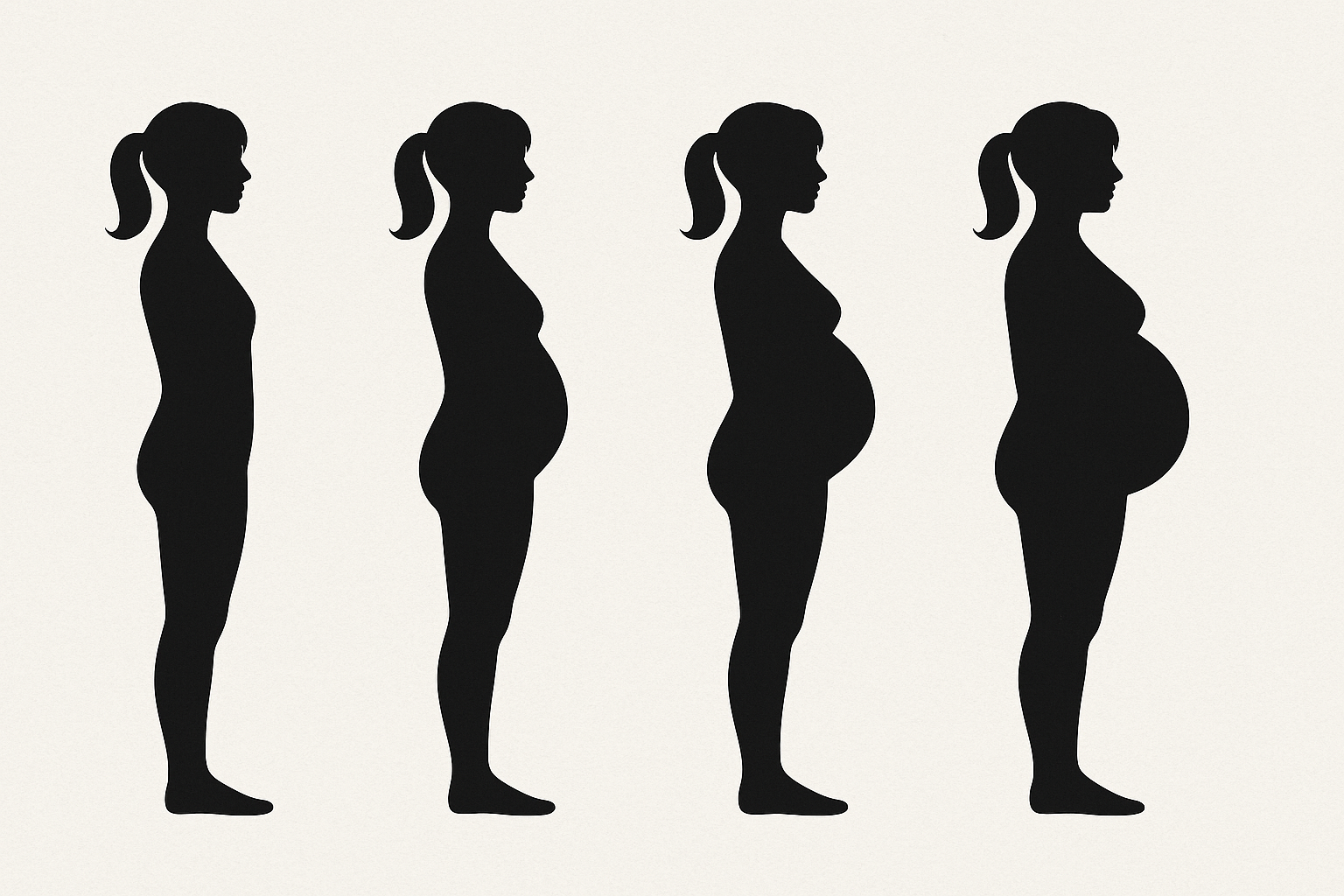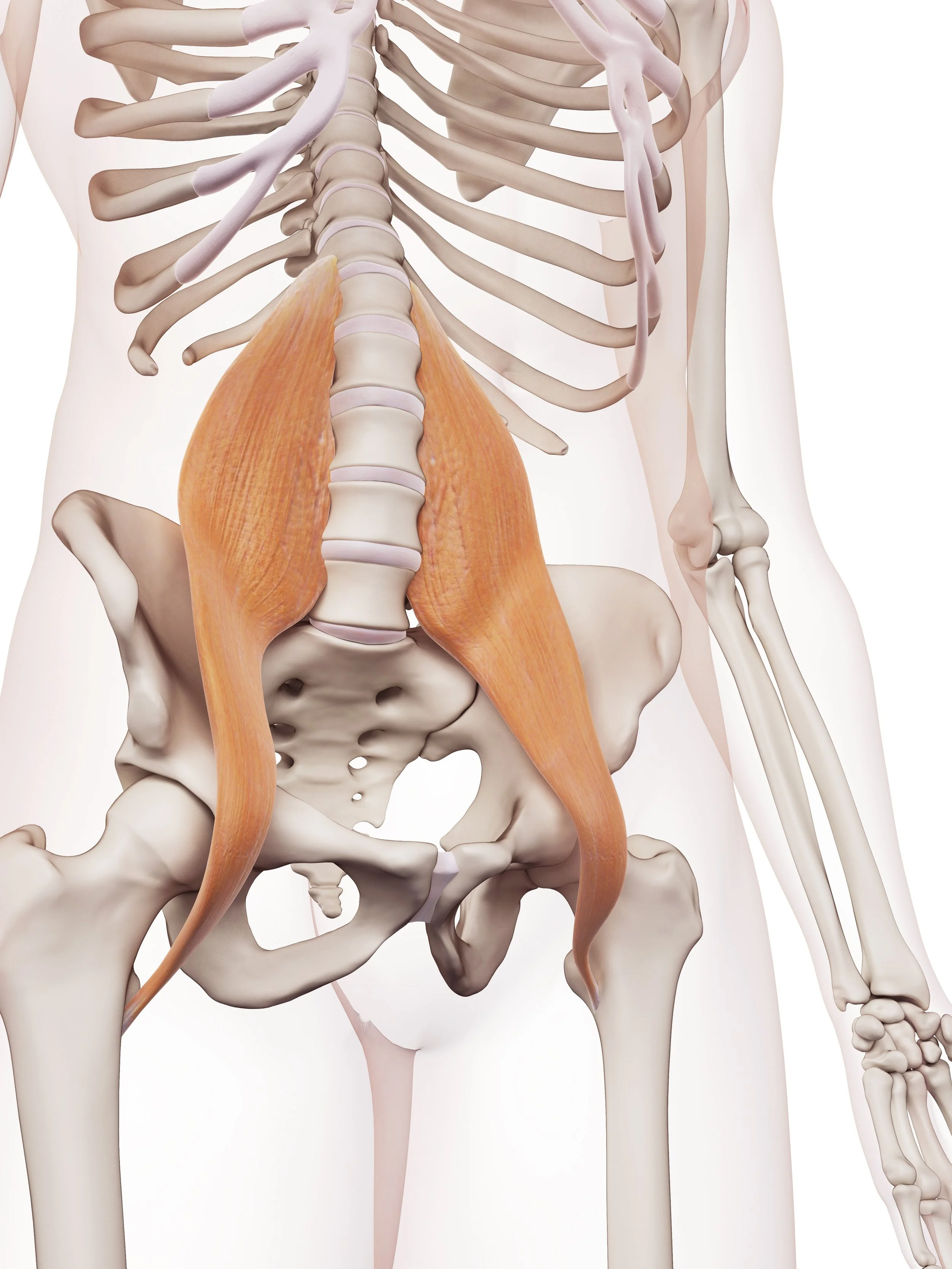Patients considering a joint replacement, like pregnant patients, seem to come in cycles at the office and right now we have a lot of folks considering getting new hardware for hips and knees before the end of the year. I have seen lots of patients go through joint replacement in the last 29 years in practice, and I have also seen a lot of improvement in the surgical techniques for joint replacements in particular for hips and shoulders. One of the biggest questions is the ideal timing for the procedure. And while there is certainly a more nuanced discussion about it than there was 25 years ago, it seems to still boil down to one defining factor, namely how much pain the patient is dealing with.
Looking at pain alone comes with a lot of downfalls in making the right decision, and I would like to propose a more diverse set of factors by which to make that important decision.
– Is the amount of pain caused by the joint in question requiring the patient to take daily pain medication? If yes, this definitely would push the decision towards a joint replacement since none of the pain medications whether over-the-counter or prescription a devoid of side effects when used long-term.
– Is the problem joint causing some limitation of physical activity that leads to deconditioning and thus worsening general health? Some patients managed to keep the pain under control as long as they basically don't do anything physical. This is not a viable long-term strategy, leading to poor recovery when there is an eventual joint replacement, and deterioration of the person's general health.
– Is the joint in question causing pain that interferes with sleep? If so, this is a big red flag for going ahead with the joint replacement. Sleep quality deterioration leads to all sorts of adverse health outcomes.
– Is the joint involved becoming unstable, even though it may not be particularly painful, leading to an increased risk of fall? This is also a big red flag, since instability can lead to much worse injuries than the original joint problem and can also complicate the recovery from a joint replacement especially if it happens as an emergency in response to trauma.
– Is there harm in waiting for a joint replacement in the sense that delaying the replacement will lead to more difficult surgery with worse outcomes? This is ultimately a question that only an orthopedic surgeon can answer. From a chiropractic standpoint, I also think that patients often wait too long for joint replacement, leading to significant soft tissue contractures, muscle atrophy, both factors making the patient experience a less than optimal recovering from the joint replacement even with an optimal surgery.
– Is delaying a joint replacement running the risk of making the patient ineligible at a later date because of predictable progressive other health problems? This is especially a concern in some of our aging population that may develop progressive cardiovascular diseases that would conflict with the anesthesia required for the procedure.
In the end, you need to look at more than simply immediate pain in making the decision, and I hope that answering each of the above six questions can give you a more nuanced way to make an important decision.






